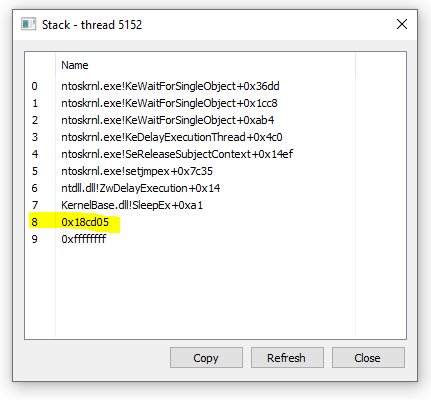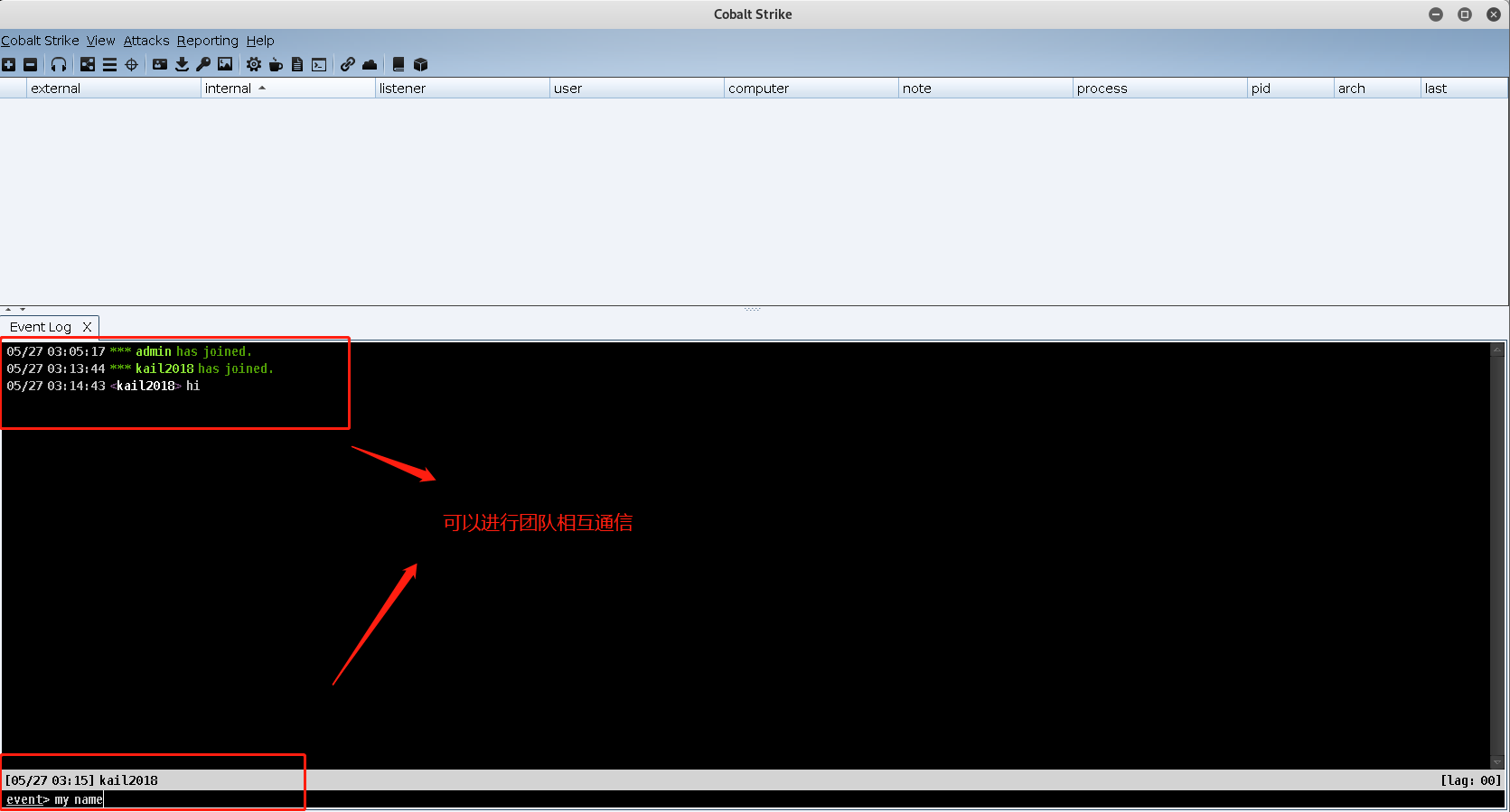

- #Cobalt strike beacon desktop vnc how to
- #Cobalt strike beacon desktop vnc password
- #Cobalt strike beacon desktop vnc windows
#netbios <= # Encoding data as netbios in lower case #mask <= # Encrypting and encoding the data with XOR mask and random key #base64 <= # Base64 encoded stringīase64url <= # URL safe Base64 encoded string The operators may choose to enable additional fields that will include data on the C2 communication. # Metadata corresponds to the information that the beacon is sending to the C2 server about itself. Header "Host" "" <= # Setting the header specific to client communication with the C2. Set verb "POST" <= # Setting the verb when requesting available tasks from the C2 server. Set sleeptime "0" " " " " " " " " <= # Specifying the URI to reference in bidirectional communication from client and server The reference profile below is taken from Raphael Mudge’s GitHub repository. Below you can find information related to some of the most important fields that could throw off an analyst while investigating a Cobalt Strike network communication: Our other post touched on Malleable C2 profiles and how threat actors use them however, that was just some of their many applications. This is made possible thanks to Malleable C2 profiles. Before we get into that part, we should first discuss what makes Cobalt Strike so versatile.Ĭobalt Strike’s versatility comes from the ability to change the indicators with each payload. There are a couple of factors that we can utilize to fingerprint any suspicious traffic and subsequent infrastructure.
#Cobalt strike beacon desktop vnc how to
This article will demonstrate how to detect this communication before threat actors accomplish their objectives. Malware has to contact its C2 server if it is to receive further instructions. We cover topics such as domain fronting, SOCKS proxy, C2 traffic, Sigma rules, JARM, JA3/S, RITA & more.Īs with our previous article, we will highlight the common ways we see threat actors using Cobalt Strike.īig shout-out to for helping put this Part 2 together! Also thanks to, and for reviewing this report.Įven though network monitoring and detection capabilities do not come easy for many organizations, they can generally offer a high return on investment if implemented correctly. In this report, we will focus on the network traffic it produced, and provide some easy wins defenders can be on the look out for to detect beaconing activity.

Custom dialogs may use &drow_listener_stage to choose an acceptable listener for this function.Ĥ.Our previous report on Cobalt Strike focused on the most frequently used capabilities that we had observed. Limit your use of this function to local listers with stages only. This function also cannot generate artifacts for foreign listeners. This function cannot generate artifacts for listeners on other team servers. Custom dialogs may use &drow_proxyserver to set this.ģ. Set the proxy configuration string to $null or "" to use the default behavior. The acceptable protocols are socks and http.
#Cobalt strike beacon desktop vnc password
The username and password are optional (e.g., protocol://host:port is fine). protocol://user: :port specifies which proxy configuration the artifact should use.

*direct* ignores the local proxy configuration and attempts a direct connection.
#Cobalt strike beacon desktop vnc windows
The proxy configuration string is the same string you would use with Attacks -> Packages -> Windows Executable (S). This is necessary because Cobalt Strike generates payload stages on the team server.Ģ. This function provides the stageless artifact via a callback function. The $1 argument is the stageless content.ġ. This function is called when the artifact is ready. $3 - x86|圆4 - the architecture of the generated payload (stage) Generates a stageless artifact (exe, dll) from a (local) Cobalt Strike listener Arguments $1 - the listener name (must be local to this team server) DEPRECATED This function is deprecated in Cobalt Strike 4.0.


 0 kommentar(er)
0 kommentar(er)
